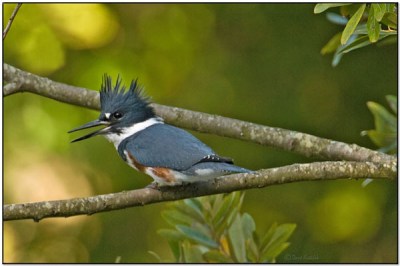Owls in Flight: Being Quiet on Purpose
Dr. James J. S. Johnson
And that ye study to be quiet, and to do your own business, and to work with your own hands, as we commanded you. (1st Thessalonians 4:11)
Barn Owls, like other owls, are aerial predators who hunt by night — quietly. This airborne silence arms hunting owls with the element of surprise, as has been proven by acoustical studies documented in a BBC video YouTube recording:
[ “Experiment! How Does an Owl Fly So Silently? Super Powered Owls” BBC ]
One of the stellar creation biologists/ecologists, nowadays, is Dr. David Catchpoole, from down under — with years of service as a scientist for the Queensland (Australia) Department of Primary Industries, specializing in tropical fruit tees (especially mango), as well as years of service teaching tropical horticulture at James Cook University.
Once an atheist evolutionist, Dr. Catchpoole is now (and has been for decades) a Bible-believing creation scientist, quick to glorify God for His magnificent creatures. In a recent article Dr. Catchpoole described how God has designed and bioengineered owls, because they are nocturnal birds of prey, to fly quietly.
If you watch an owl flapping or gliding, it’s like viewing film footage with the sound on ‘mute’ — they are so silent. That’s because their wings have velvety surfaces, comb-like serrations at the leading edge, and trailing-edge fringes which dramatically suppress the sound of air rushing over the wings. Therefore the owl’s prey (mice and voles) can be taken by surprise. Also, with wing noise suppressed to a level below the owl’s own hearing range, they can better hear (and thus locate) prey while flying — crucial for hunting at night. …
Owl wings have already inspired quieter fan blades in computers. More recently, [biomimetics technology] researchers using wind tunnel facilities have explored these noise suppression characteristics in more detail, especially the leading-edge [single-barb-tipped] serrations. The owl wing design also efficiently resolves the trade-off between effective sound suppression [needs for surprising prey] and aerodynamic force production [needed for flying]. In striving to understand how, [biomimetics technology] researchers see an ultimate goal of mimicking those design aspects across many man-made technologies. For example, so the blades of multi-rotor drones can ‘chop’ the air more quietly, without unduly sacrificing lift; similarly in other aircraft, wind turbines, and fluid machinery in general.
[Quoting David Catchpoole, “As Silent as a Flying Owl”, CREATION, 40(2):56 (April-June 2018).] Although the night-flying Barn Owl doesn’t put out much sound, it does take sound in, through its sensitive hearing system. In fact, short feathers (near its ears) are designed into grooves (by each ear) that facilitates efficient reception of airborne sound waves (revealing where its prey is) into the owl’s ears!
These owls hear prey well, but their prey do not hear the owls (usually until it’s too late)!

BARN OWL (Washington Dep’t of Fish & Wildlife)
What can I add to those insights? Like an owl on the wing, I’ll just be quiet!





